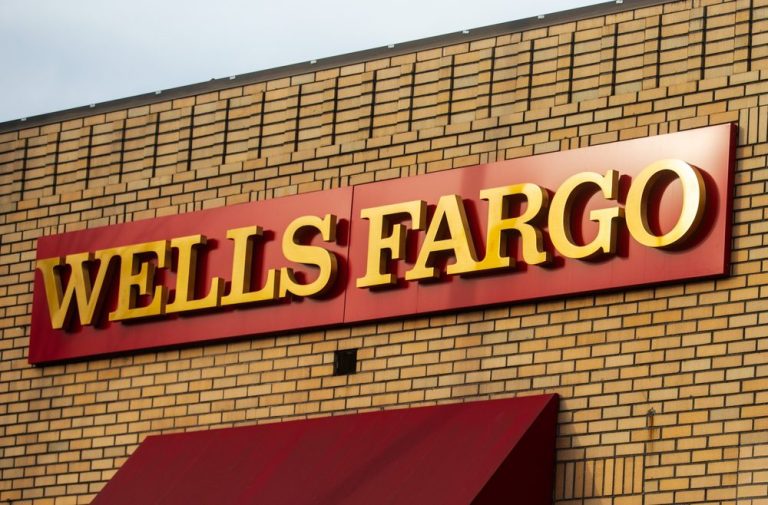
Wells Fargo’s finance chief has a gloomy prediction for the U.S. economy.
“It’s going to get worse as we go throughout the year,” said Mike Santomassimo, whose comments on Tuesday (Feb. 14) at the Credit Suisse Financial Services Forum were reported by Seeking Alpha.
Santomassimo cited macroeconomic data showing a tighter labor market than it’s been in decades, a housing and manufacturing slowdown and continued high inflation.
Tuesday saw the release of numbers from the Bureau of Labor Statistics Tuesday that show inflation moderating, at least when compared to the peak 9.1% rate seen over the summer.
“But more granular and month-to-month readings show a resurgence in the costs of keeping life going — namely, simply keeping bellies full and the lights on,” PYMNTS wrote. “We’re already up double-digit percentage points from two years ago, as our proprietary analysis shows here, and January was just more of the same.”
In spite of recent warning signs, Santomassimo also noted that consumer spending data is still “really healthy.”
Wells Fargo saw debit card spending increase 3% between January 2022 and last month, driven by a major uptick in travel and entertainment spending, Santomassimo said. He added that this is a sign that “excess savings that was in the system continues to be spent.”
Meanwhile, credit card spending jumped 20% year-over-year last month, while commercial credit-line use “has stabilized now probably for three-four months at least,” said Santomassimo.
His comments came one day after Discover Financial reported that its credit card delinquency rate has been creeping up each month since May 2022.
As PYMNTS has reported, credit card delinquency rates are on the rise, as shown by reports from banks and payment networks. This could result from consumers living paycheck to paycheck and finding it tougher to meet their monthly obligations due to inflation.
PYMNTS research has shown that paycheck-to-paycheck consumers are three times more likely than other consumer groups to revolve credit card debt and carry higher monthly balances. Those consumers who never pay their credit balances in full also tend to hold more credit cards than average.
This week also saw consumer confidence in income growth fall somewhat, according to a report by the Federal Reserve Bank of New York, which showed median expected growth in household income fell by 1.3 percentage points.
That’s the largest one-month drop seen in 10 years of the “Survey of Consumer Expectations,” published by the bank’s Center for Microeconomic Data.
“January’s decrease was more pronounced among respondents with no more than a high school education, respondents older than 60 and those with annual household incomes below $50,000,” the bank said in a news release.